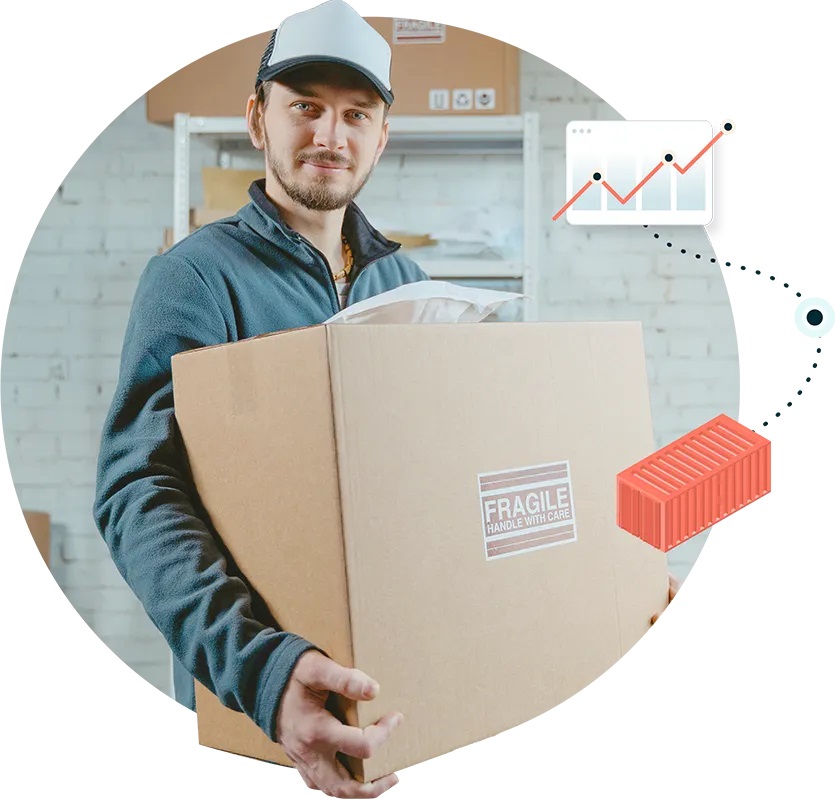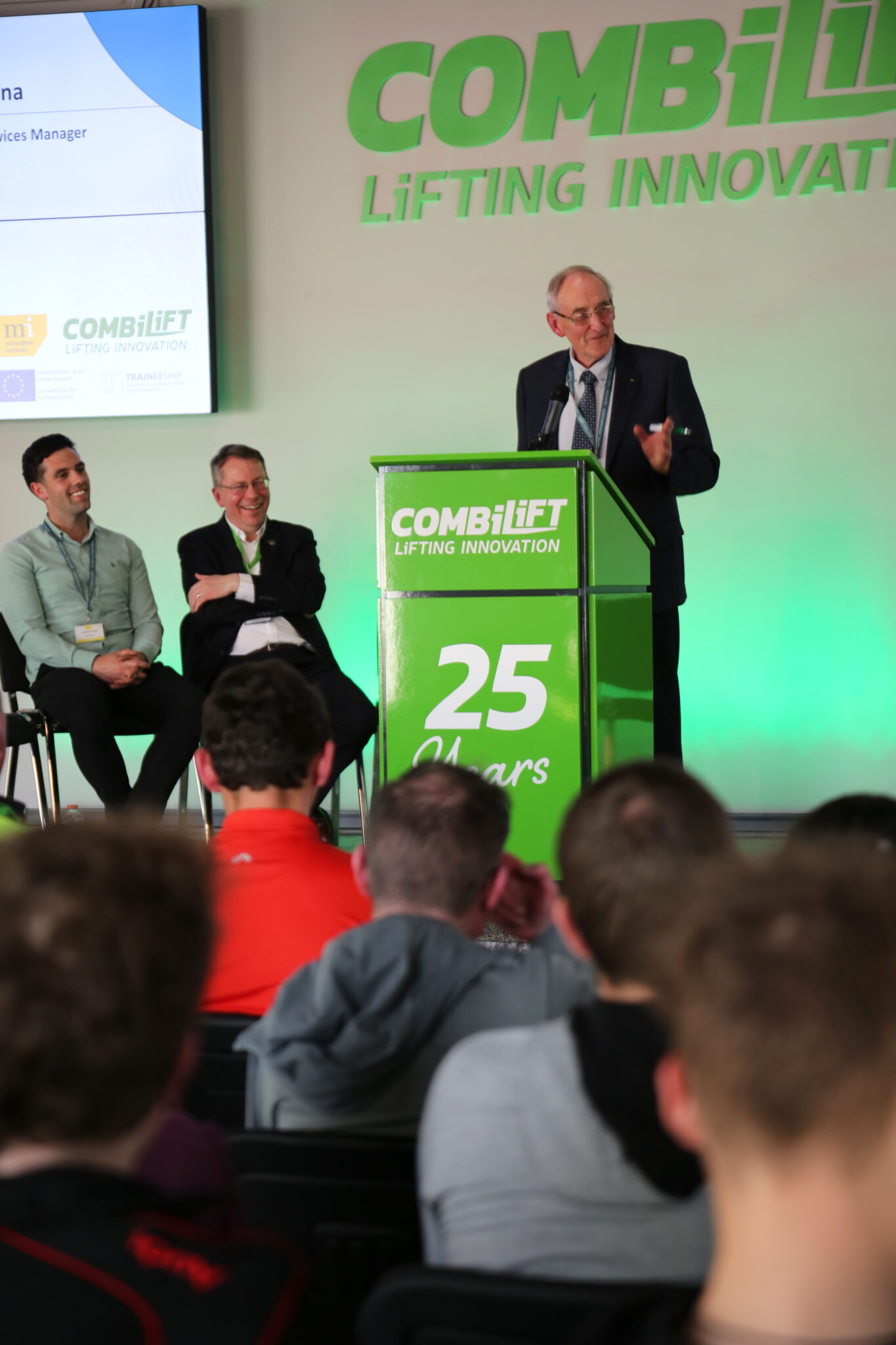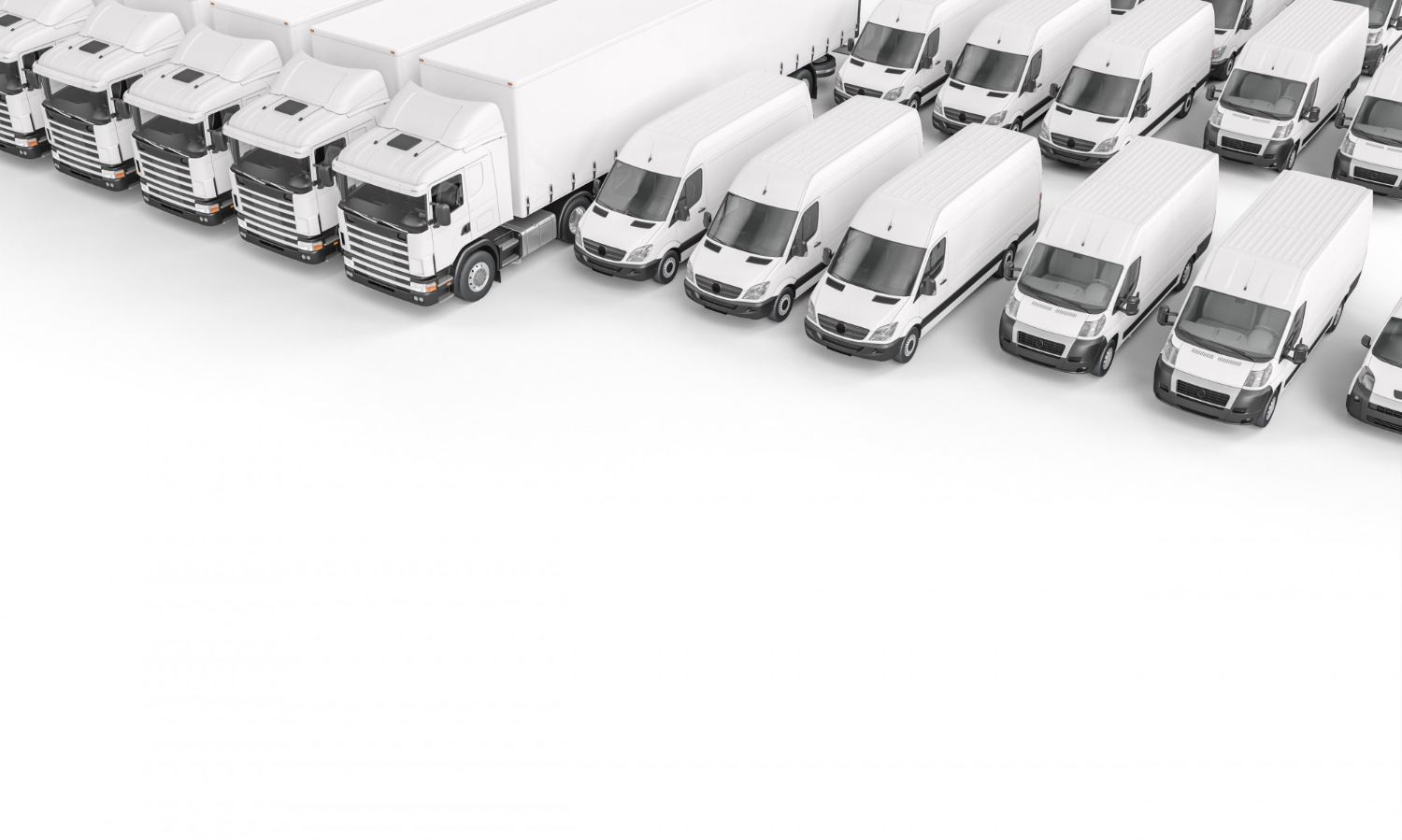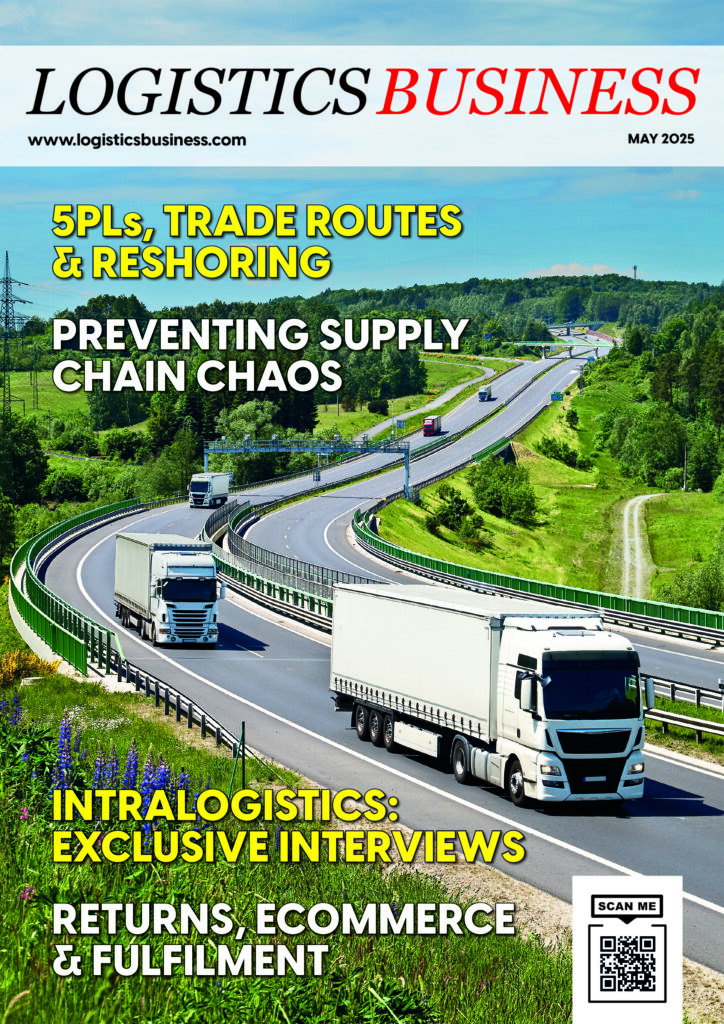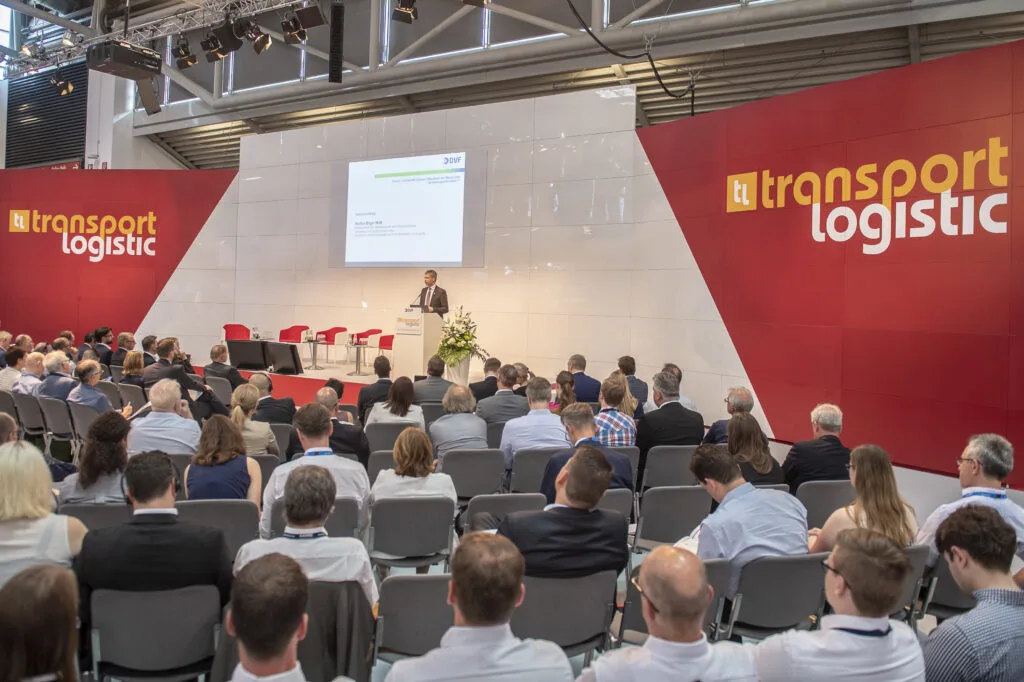With more than 15 years of expertise in the supply, installation, and maintenance of perimeter protection systems, FBS Hörmann has built a strong reputation for delivering turnkey solutions to the industrial warehouse, logistics, and retail sectors. Whether for new builds or refurbishment projects, the company provides a comprehensive portfolio of high-quality products, including security gates, barriers, bollards, fencing, and advanced access control systems.
A dedicated Perimeter Protection Division is led by experienced project managers who offer practical guidance on selecting the most suitable systems for each site. From the initial consultation through to final handover and commissioning, clients benefit from a fully managed service. This includes all electrical and civil engineering works, carried out by a skilled in-house team of installation engineers, through to the final project hand-over and commissioning.
Security Gates
FBS Hörmann offers a comprehensive selection of security gates known for their performance, reliability, and design. Options include tracked and cantilevered sliding gates, pedestrian access gates, swing and bi-fold gates. A wide variety of infills ensures suitability for most applications, and bespoke solutions are available for projects requiring a unique design. Manufactured from heavy-duty steel, the barriers are available as both manual and fully automated versions. Designed for durability and operational integrity, they feature safety edges, photocell protection, and induction loop vehicle detection. Access barriers are ideal for high-traffic environments and are fully compliant with the latest safety standards.
Access control
For fast and secure access, FBS Hörmann supplies a wide range of access control solutions, including ANPR systems, intercoms, and automatic open/close via the advanced Hörmann BiSecur radio system. These systems offer enhanced convenience and security for a variety of site requirements.
Designed to meet various levels of security FBS Hörmann provides a versatile selection of bollards and road blockers. From fixed and fully automated bollards to high-security solutions like OktaBlock, systems can be tailored to meet specific operational, and protection needs. Clients benefit from aftercare and maintenance services, delivered by a network of over 140 fully qualified service engineers.
similar news


